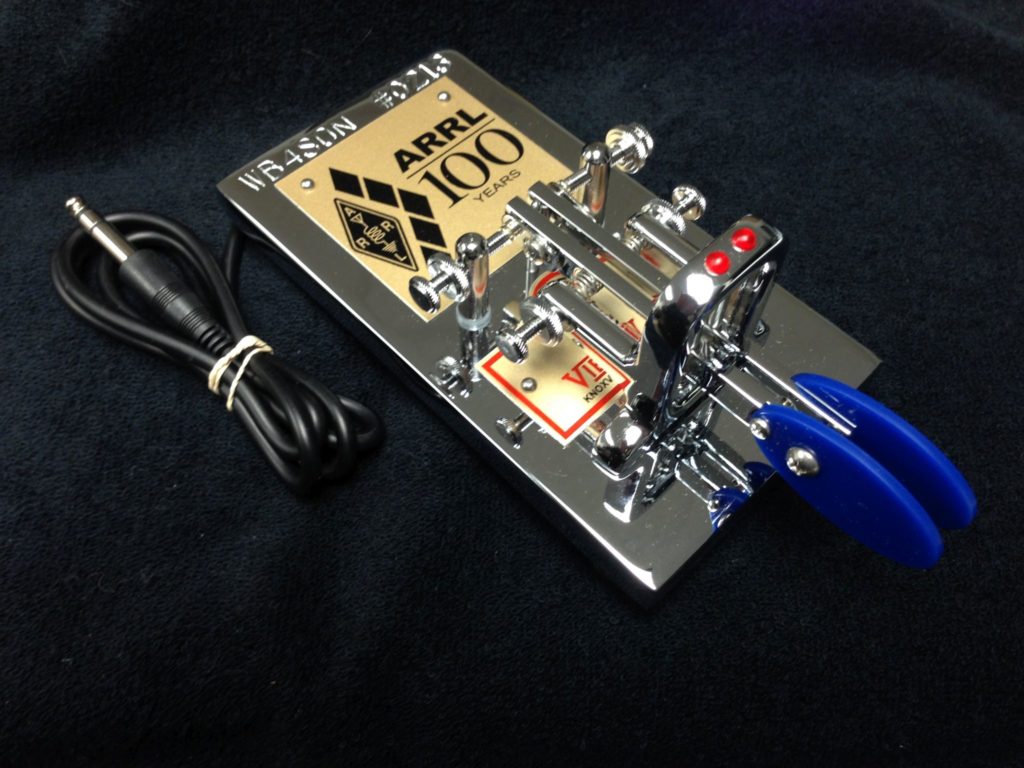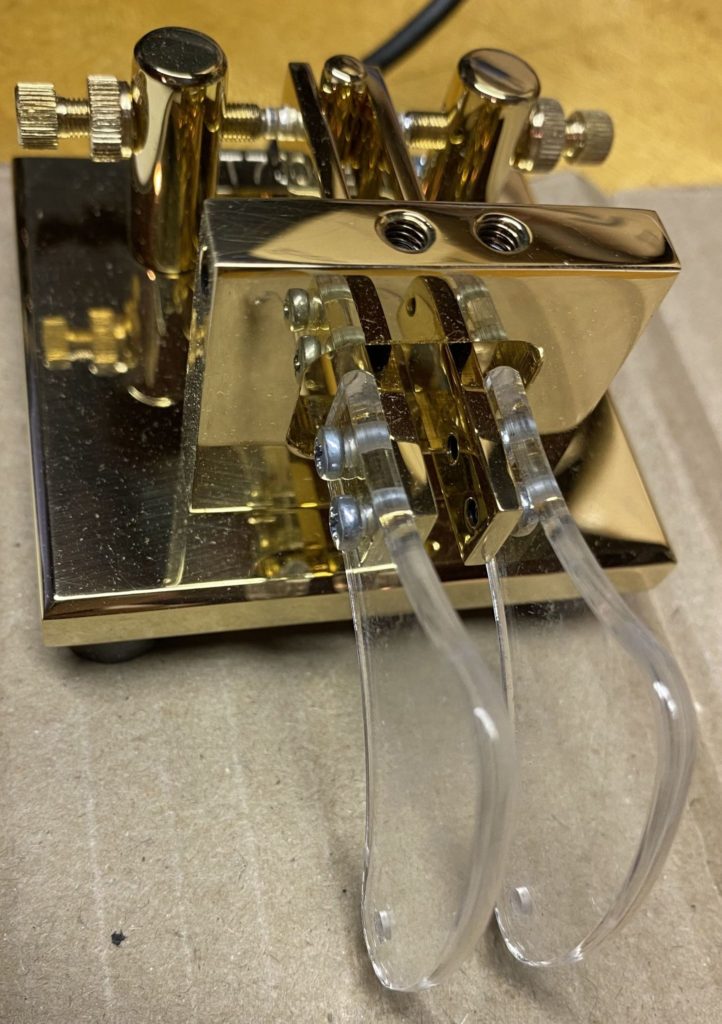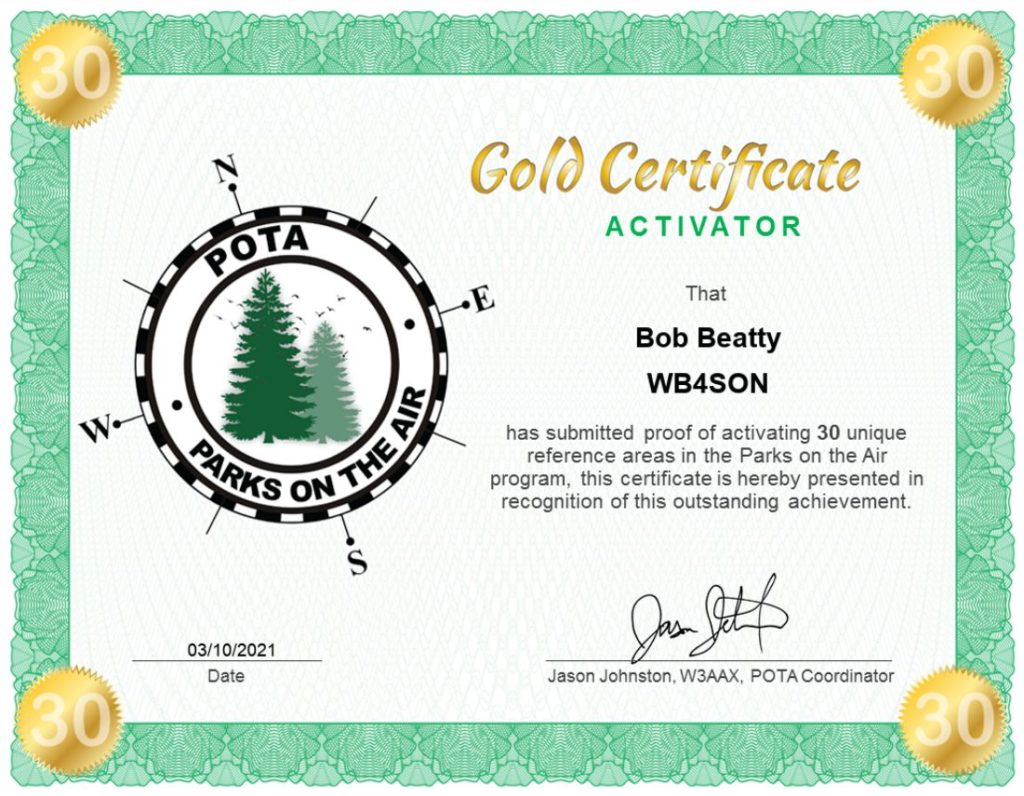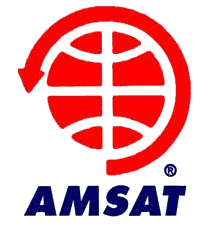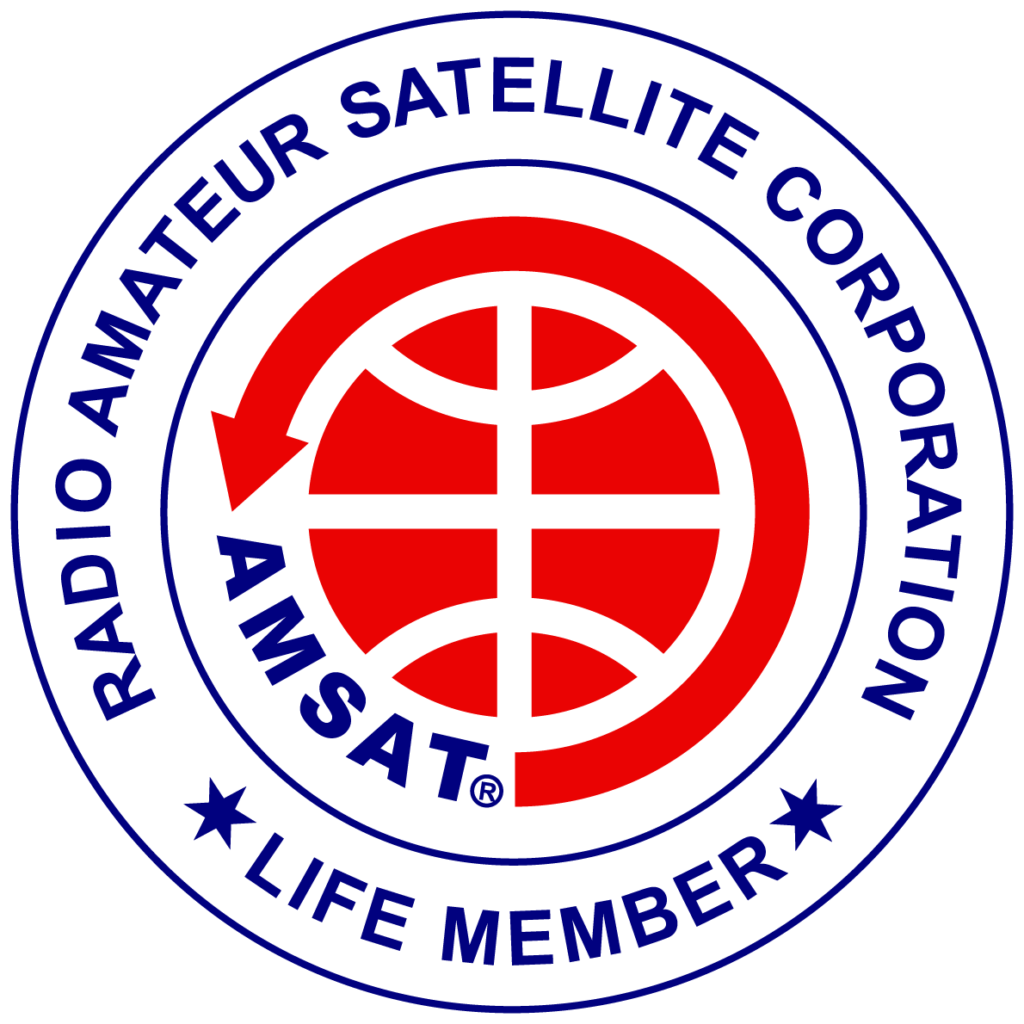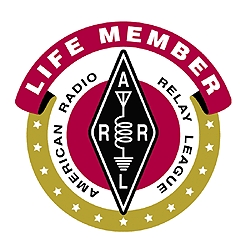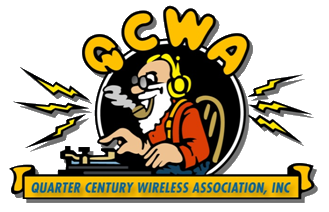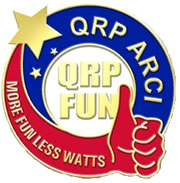It’s nice to have a hobby like Amateur Radio in retirement as it can keep you very busy. There is always something new to do, or you might rotate through various aspects of the hobby as your interest comes and goes.
Such is the case with my local HotSpot, which went off air late last fall following some unintentional renovations to the shack (like so many hams, my gear is in the furnace room). I finally got around to setting things up again, but once I got things going I quickly discovered that my version 3.4.17 software was out of date, and DMR was no longer working.
The DMR issue turned out to be a need for a personal password to be setup with Brandmeister (theyve been having issues with folks spoofing callsigns using the default password). Even after doing that, things still didn’t work, so I took the steps to upgrade the firmware to version 4.1.4. That required setting up a complete new microSD card with the latest image. It was easy to do with the help of Toshen KE0FHS’s excellent website. Rather than try to restore things from my backup (I did have one), I figured I would just set things up from scratch. Within an hour or two I had things running. In addition, I enabled YSF, which I had turned off.
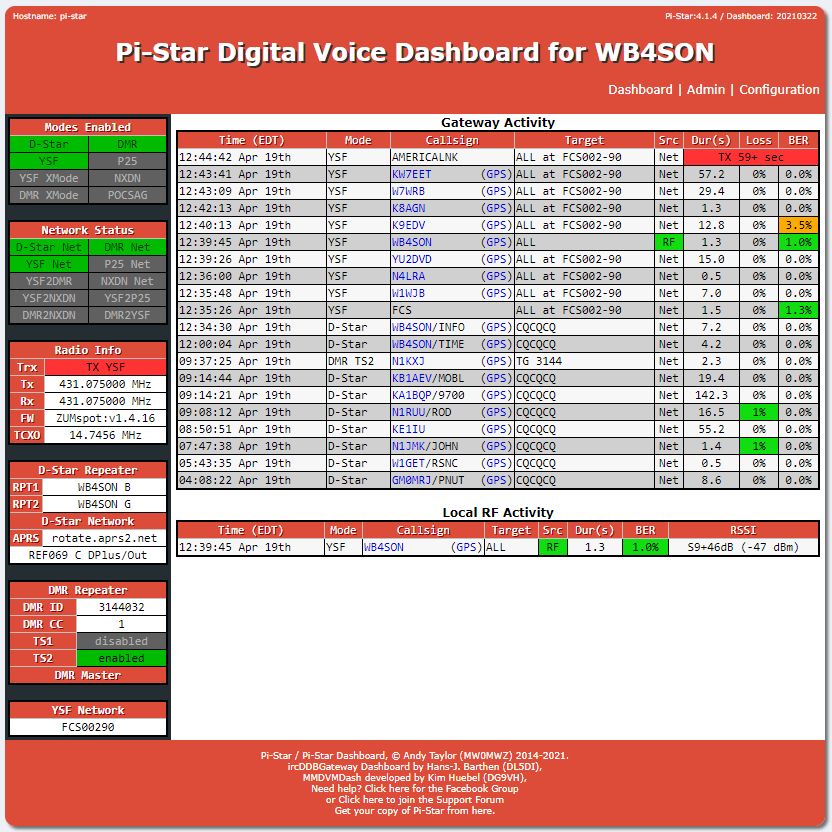
I now remember why I turned off YSF — the FCS002/90 Americalink is VERY busy, so it is back off for now, but at least it works!




